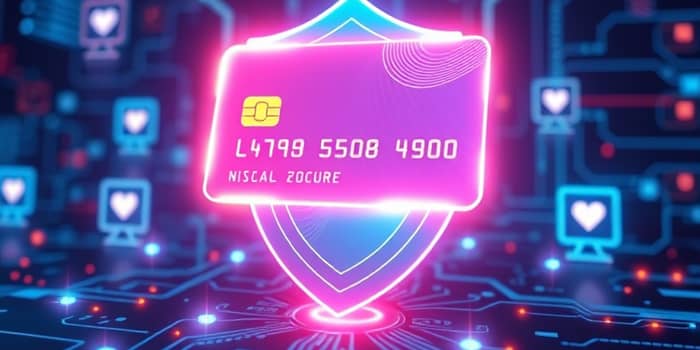
Online shopping offers convenience and choice, but it also invites new forms of fraud and data breaches. Virtual cards have emerged as a powerful defense, empowering consumers to shop with greater confidence and control. This guide explores how they work, why they matter, and how you can start using them today.
Virtual cards are digital versions of credit or debit cards issued through banks or financial apps. Instead of a plastic card, you get a temporary card number, CVV, and expiration date that link to your real account behind the scenes.
Each time you shop, you can generate a new virtual card or reuse one with customized settings. Because the visible details aren’t your primary account number, virtual cards shield you when making purchases on unfamiliar websites or signing up for subscriptions.
Virtual cards offer a suite of robust protections designed to minimize fraud and unauthorized charges. Key benefits include:
Virtual cards shine in scenarios where traditional cards fall short. Common applications include:
By tailoring each virtual card to a specific merchant or transaction, you can easily track expenses and immediately disable any card that shows suspicious activity.
At the heart of virtual card security is tokenization and dynamic data obfuscation. When you generate a card, your bank replaces your primary account number with a temporary token. This token behaves like a real card number but is valid only under the conditions you set.
Should a hacker intercept the token, it’s effectively useless outside its predefined parameters. The result is a seamless customer experience with the protective features of advanced payment systems like those in digital wallets.
Virtual cards aren’t a cure-all, but they significantly reduce exposure to common threats. Here are answers to frequent concerns:
Can virtual cards be hacked? While no system is infallible, the temporary and restricted nature of virtual card numbers makes large-scale fraud far less likely. End-user vigilance remains key.
What about phishing attacks? Virtual cards can still be phished if users share details on unsecured channels. Adopt standard cybersecurity practices like strong passwords and two-factor authentication.
Are virtual cards universally accepted? Most e-commerce platforms support them, but adoption varies. Always confirm before relying on one for a critical purchase.
The rise in online payment fraud has driven major banks and fintechs to offer instant virtual card creation. Consumers can now start shopping securely immediately after account approval, even before they receive a physical card in the mail.
Industry reports show growing consumer demand for privacy and security solutions. Surveys indicate that a majority of shoppers prefer payment methods that offer strict control over recurring charges and limit exposure to data breaches.
Most banks and fintech apps make virtual card setup quick and user-friendly. Follow these general steps to protect your next online purchase:
First, open your banking or payment app and locate the virtual card section. It may be labeled "Digital Wallet" or "Card Controls."
Second, tap to generate a new card. You’ll choose a spending limit, expiration date, and merchant restrictions if desired. Confirm your preferences.
Finally, use the provided card number and CVV for your online transaction. When you’re done, return to the app to lock or delete the card with a single tap.
Virtual cards represent a transformative step forward in online payment security. By generating unique, temporary card numbers and offering granular spending controls, they empower shoppers to take charge of their financial safety.
Whether you’re a casual e-commerce enthusiast or managing multiple subscriptions, virtual cards can help you shop confidently and worry-free. Start exploring this powerful tool today and experience the peace of mind that comes with unparalleled protection.
References













